Croatia’s Adriatic coast is a treasure trove of historic cities, pristine beaches, and crystal-clear waters to explore. From Roman ruins to medieval walls, from bustling ports to tranquil islands, the Croatian coast offers a diverse range of experiences for every type of traveler. In this guide, we’ll take you through some of the most captivating destinations along this beautiful stretch of the Adriatic.
Dubrovnik: The Pearl of the Adriatic
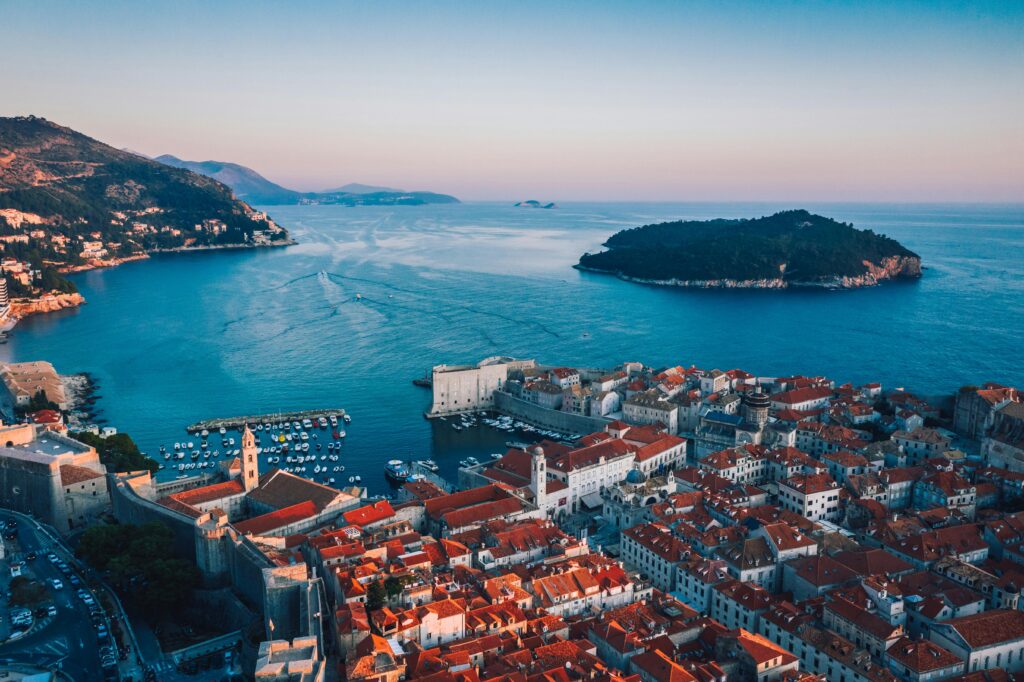
Known as the “Pearl of the Adriatic,” Dubrovnik is a city that needs no introduction. Its stunning Old Town, encircled by massive stone walls, has gained worldwide fame as a filming location for the TV series “Game of Thrones.”
- Must-see: Walk the city walls, explore the narrow streets of the Old Town, take the cable car to Mount Srđ for panoramic views.
- Hidden gem: Lokrum Island, just a short boat ride away, offers beautiful gardens and peacocks roaming freely.
- Tip: Visit early in the morning or late in the evening to avoid the crowds, especially during peak summer months.
Split: Where Ancient Rome Meets Modern Croatia
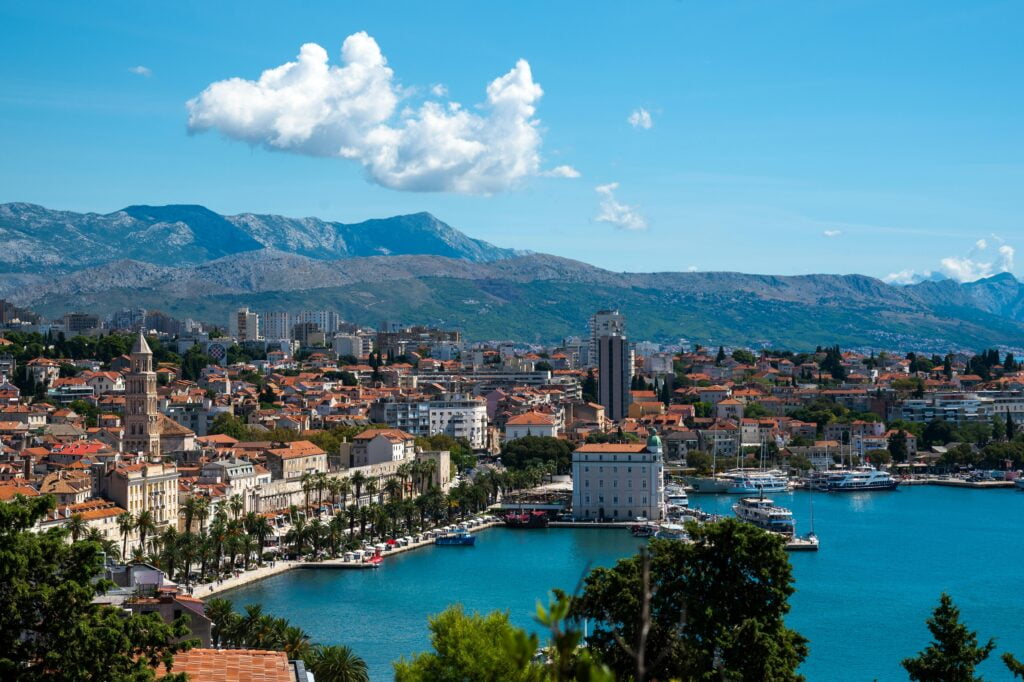
Split, the second-largest city in Croatia, is centered around the ancient Roman Palace of the Emperor Diocletian. This UNESCO World Heritage site is not just a tourist attraction but a living, breathing part of the city.
- Must-see: Diocletian’s Palace, climb the bell tower of St. Domnius Cathedral, relax on Bačvice Beach.
- Hidden gem: Marjan Hill offers great hiking trails and stunning views of the city and surrounding islands.
- Tip: Use Split as a base to explore nearby islands like Hvar, Brač, and Vis.
Zadar: A Perfect Blend of History and Innovation
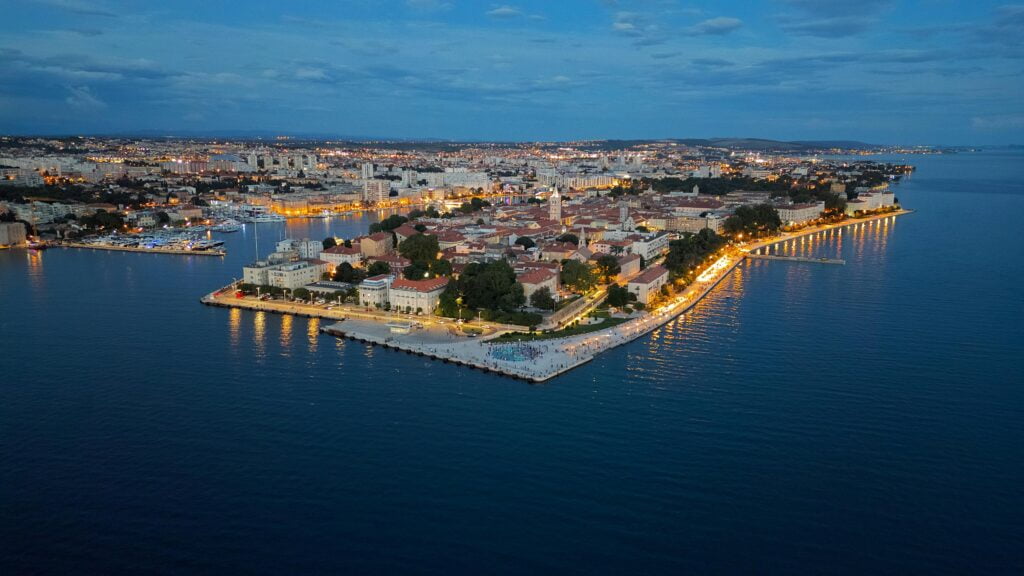
Zadar is a city where ancient Roman ruins stand alongside innovative modern installations. It’s less crowded than Dubrovnik or Split, offering a more relaxed Adriatic experience.
- Must-see: The Sea Organ and Sun Salutation, St. Donatus Church, Roman Forum.
- Hidden gem: Take a day trip to Pag Island, famous for its moonlike landscape and delicious sheep cheese.
- Tip: Don’t miss the famous Zadar sunset, praised by Alfred Hitchcock as “the most beautiful in the world.”
Pula: A Journey Through Roman History
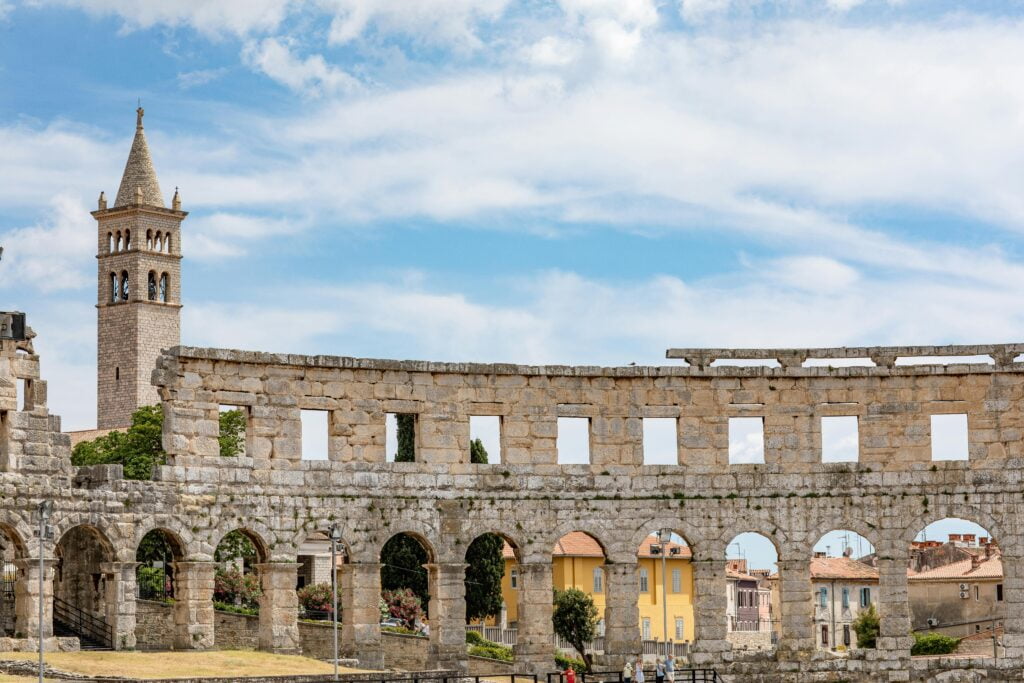
Located on the Istrian peninsula, Pula is a city with a rich history dating back to Roman times. Its star attraction is the well-preserved Roman amphitheater, one of the largest surviving Roman arenas in the world.
- Must-see: Pula Arena, Temple of Augustus, Arch of the Sergii.
- Hidden gem: Visit the nearby Brijuni National Park, a group of islands known for their natural beauty and dinosaur footprints.
- Tip: If visiting in July, check out the Pula Film Festival, held in the historic amphitheater.
Island Hopping: Exploring Croatia’s Adriatic Jewels
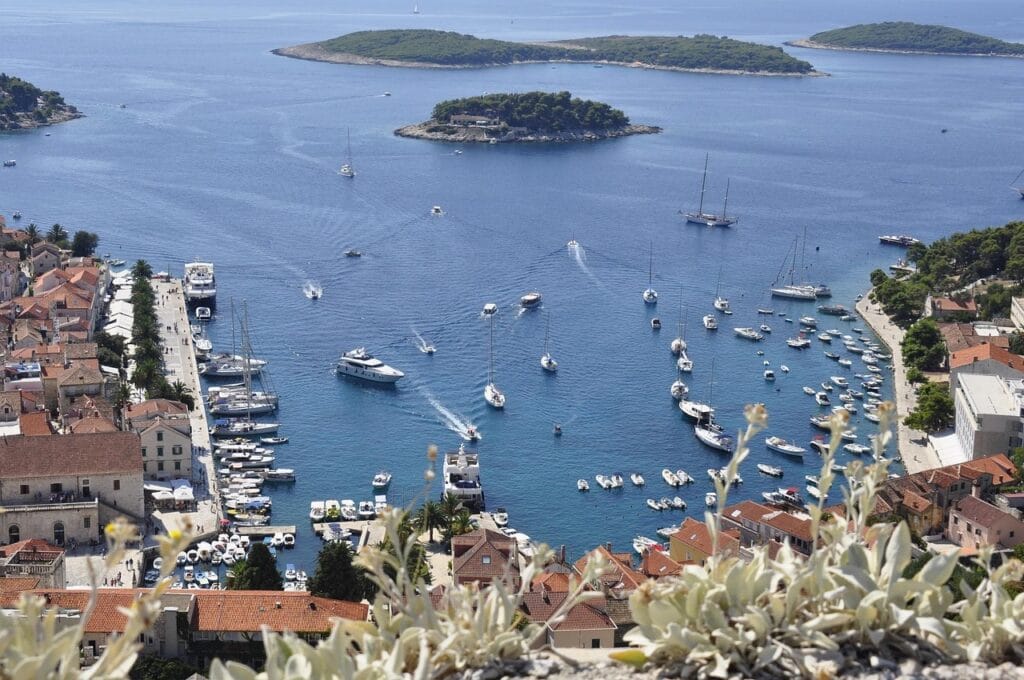
No visit to Croatia’s coast is complete without exploring some of its 1000+ islands. Here are a few highlights, along with information on how to reach them:
- Hvar: Known for its lavender fields, beautiful beaches, and vibrant nightlife.
How to get there: Frequent catamaran services run from Split (journey time about 1 hour) and some services from Dubrovnik (3-4 hours). - Korčula: Alleged birthplace of Marco Polo, with a beautifully preserved medieval old town.
How to get there: Ferries and catamarans run from Split (about 2.5 hours) and Dubrovnik (about 2 hours). - Mljet: A national park island with lush forests and saltwater lakes.
How to get there: Ferries depart from Dubrovnik (about 1 hour) and Korčula (about 30 minutes). - Brač: Home to the famous Zlatni Rat beach, often featured on Croatian tourism posters.
How to get there: Frequent ferry services from Split (journey time about 50 minutes).
Tip: During peak season (July-August), it’s advisable to book ferry tickets in advance, especially for popular routes.
Getting Around Croatia’s Adriatic Coast
Traveling between major cities along the Adriatic coast is relatively easy, with various transportation options available. Here are some of the most convenient ways to travel between the cities mentioned in this guide:
- Dubrovnik to Split: The most comfortable option is the bus, with services running frequently throughout the day. The journey takes about 4 hours and offers beautiful coastal views.
- Split to Zadar: Bus is again the most convenient option, with a journey time of about 3 hours. There are also train services available, though they can be slower.
- Zadar to Pula: Bus services connect these cities, with the journey taking about 5-6 hours. In the summer, there are also some ferry services available.
- Pula to Split: The bus journey takes about 8-9 hours, so you might consider a flight for this longer distance. Croatia Airlines operates flights between these cities (flight time about 40 minutes).
Note: While trains are available for some routes, the bus network in Croatia is generally more extensive and often faster for coastal routes.
Tip: If you’re planning to explore multiple destinations along the coast, consider renting a car. This offers more flexibility and allows you to discover off-the-beaten-path locations. Just be prepared for some winding coastal roads!
Tips for Traveling Croatia’s Adriatic Coast
- The best time to visit is during the shoulder seasons (May-June or September-October) when the weather is still pleasant but crowds are smaller.
- Consider renting a car to explore the coastal roads and reach less accessible beaches and towns.
- Ferry services connect most major coastal cities and islands. Book in advance during peak season.
- Try local specialties like black risotto, pašticada, and fresh seafood.
- Learn a few basic Croatian phrases – locals appreciate the effort!
- Be prepared for pebble beaches – water shoes can be helpful.
Croatia’s Adriatic coast offers a perfect blend of history, natural beauty, and Mediterranean charm. Whether you’re exploring ancient ruins, lounging on beautiful beaches, or island hopping through crystal-clear waters, you’re sure to fall in love with this stunning part of the world. Remember to check our detailed guides for Split, Dubrovnik, Zadar, and Pula for more in-depth information on these fantastic destinations!




